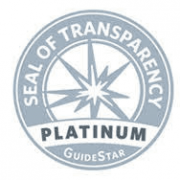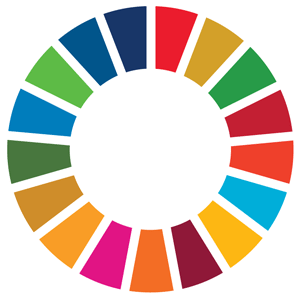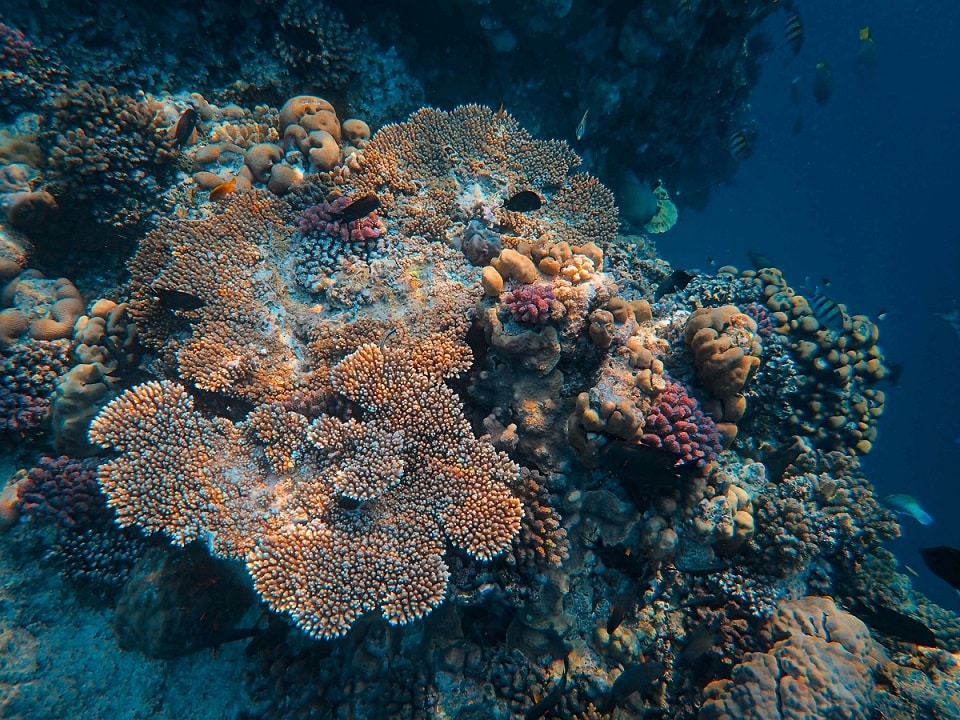
1. Global Coral Crisis: 80% of Reefs Hit by Unprecedented Bleaching Event
Washington, D.C., USA – More than 80 percent of the world’s coral reefs have been exposed to the worst bleaching event in recorded history, according to a joint report from NOAA and the International Coral Reef Initiative. The ongoing crisis, which began in 2023, has affected reefs across the tropics, from Florida’s Keys (where 100 percent bleaching occurred) to Australia’s Great Barrier Reef and ecosystems in the Persian Gulf, Caribbean, and Red Sea.
Heat stress forces corals to expel their symbiotic algae, resulting in a “silent snowfall” effect of pallid, lifeless reefs. Scientists warn this may become the new normal, with bleaching thresholds potentially never dropping below critical levels again. While corals have survived mass extinctions in the past, researchers emphasize that aggressive climate action and reduced fossil fuel use are essential for recovery. The Trump administration’s moves to boost fossil fuels raise additional concerns among coral scientists.
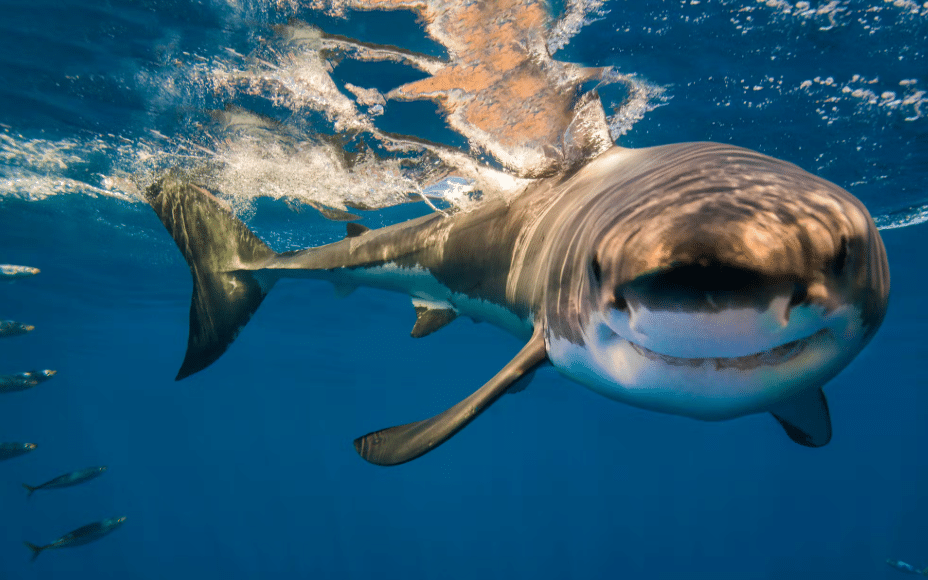
2. Shark Fishing Showdown: Durban Tournament Faces Conservationist Backlash
Durban, South Africa – A major shark-fishing competition planned off Durban’s coast has ignited fierce debate between anglers and marine conservationists, reports IOL. Conservation groups warn the event could lead to the needless killing of slow-maturing and threatened shark species, with more than 30 in Southern Africa already listed as vulnerable or near-threatened.
Organizers argue there’s an abundance of sharks and promise not to target protected species, while also pledging that only one shark per angler will be weighed and the meat donated to charity. The idea of selling fins to Asian buyers was scrapped after criticism. Some scientists urge a shift to catch-and-release, calling the event wasteful and out of step with sustainable fishing ethics. The competition’s future now hangs in the balance as organizers consider postponement for further discussions.
Thank you for your generous gift that will help us continue the production of this weekly, free publication
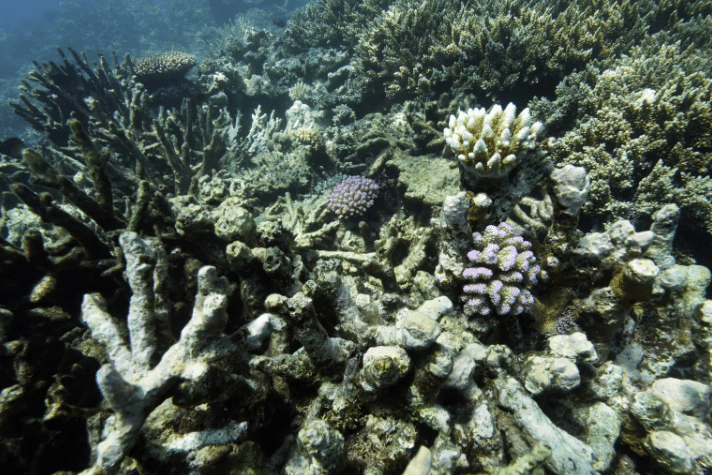
3. Trump Administration Pushes Deep-Sea Mining for Critical Minerals Amid Environmental Concerns
New York, United States – President Trump has issued an executive order to fast-track deep-sea mining permits, aiming to boost U.S. dominance in the critical minerals supply chain, reports Grist. The order directs federal agencies to expedite seabed mining applications, citing national security and economic growth, especially as demand for metals like cobalt and nickel surges for tech and clean energy.
However, scientists and Indigenous advocates warn that mining could cause irreversible harm to fragile ocean ecosystems and threaten Pacific fisheries. The move has sparked backlash from the United Nations and environmental groups, who argue it undermines global efforts to protect the deep sea. Indigenous leaders, like Solomon Kahoʻohalahala, criticize the lack of long-term stewardship and call for safeguarding ocean resources for future generations. Mining companies, frustrated by U.N. delays, are now turning to the U.S. for faster approval.
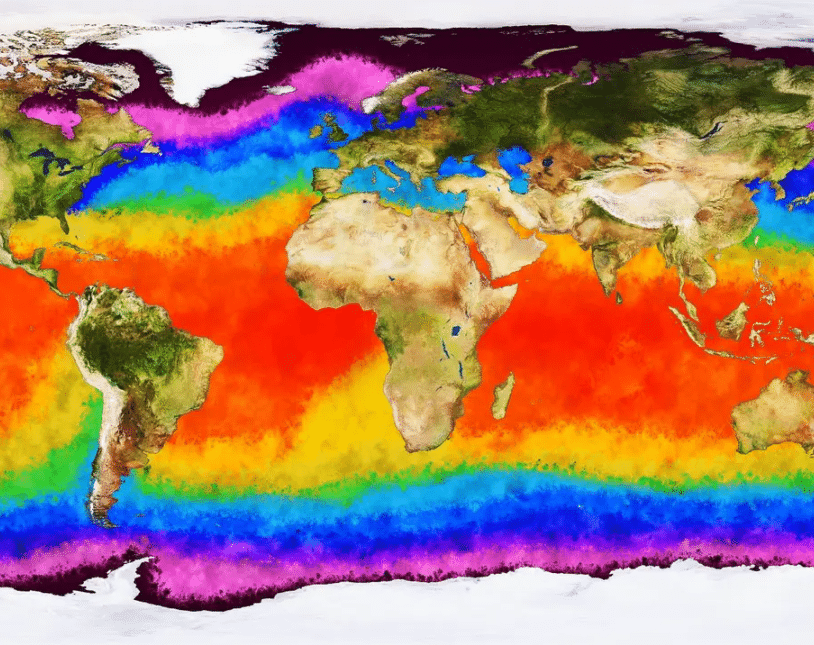
4. Oceans Are Heating Up at Alarming Speed- And It’s Only Getting Worse
London, United Kingdom- Ocean temperatures are rising faster than scientists previously believed, and the pace is accelerating, according to a new study in Environmental Research Letters. Researchers analyzed satellite data from 1980 to 2023, revealing that the rate of sea surface temperature increase has quadrupled since the late 1980s, from 0.06°C to 0.27°C per decade. The team combined data from 20 satellite sensors, cross-checking with ship and buoy records for unprecedented accuracy.
Natural events like El Niño, volcanic eruptions, and solar cycles were ruled out as primary causes. Instead, greenhouse gas-driven energy imbalance is identified as the main driver. The study warns of dire consequences: stronger storms, coral bleaching, rising sea levels, and threats to global food security. Scientists stress the need for ongoing monitoring and improved climate models to track and respond to this rapidly escalating crisis.
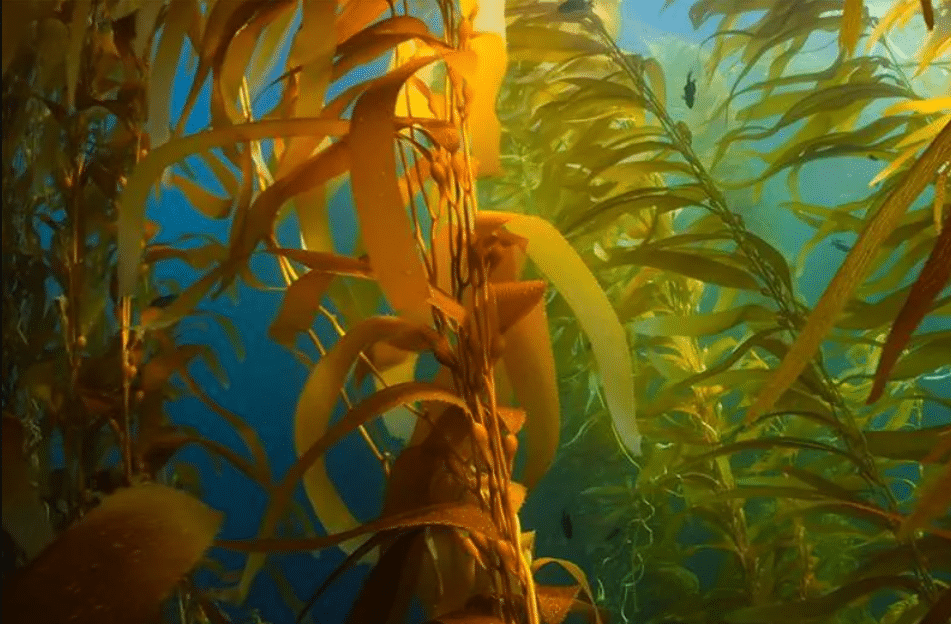
5. Protecting Marine Predators Could Protect Kelp Forests from Devastating Heatwaves
Facing increasingly severe marine heatwaves, scientists suggest that safeguarding marine predators may help kelp forests survive rising ocean temperatures, according to Anthropocene Magazine. Kelp forests, vital for biodiversity and coastal protection, suffer massive die-offs due to heat stress and overgrazing by sea urchins. Researchers argue that protecting predators like sea otters and lobsters, which control sea urchin populations, can reduce grazing pressure and enhance kelp resilience.
This ecological approach offers a promising strategy to mitigate heatwave impacts amid climate change. The article highlights ongoing conservation efforts and calls for stronger marine protected areas to support predator populations. Reinforcing natural food webs could help preserve kelp ecosystems, which are critical to marine life and coastal communities.
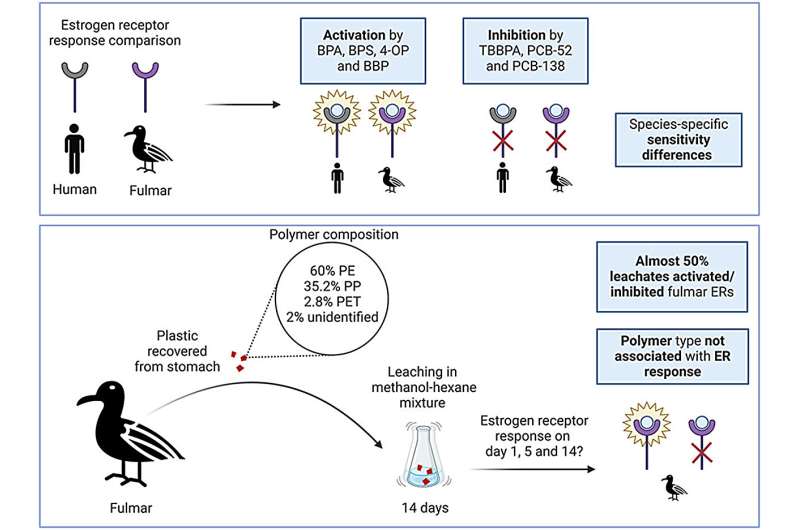
6. Plastic Pollution’s Hidden Threat: Seabirds Face Hormone Havoc from Ingested Ocean Plastics
Santa Cruz, California – Northern fulmars, seabirds found across the North Atlantic and Pacific, are suffering hormone disruption from chemicals in ingested ocean plastics, reveals a study in Environmental Pollution. Researchers from UC Santa Cruz and San Diego Zoo Wildlife Alliance found that plastics in the birds’ stomachs release additives like BPA and phthalates, which activate or block hormone receptors critical for fertility, development, and behavior.
Lab tests showed 13 of 27 birds carried plastics that interfered with their cloned hormone receptors, mimicking human receptor responses and signaling risks for species across food chains. “These chemicals don’t just pass through- they interact with key hormone systems,” said lead author Liesbeth Van Hassel. The findings underscore a hidden threat: plastics may deliver a continuous dose of harmful chemicals, compounding physical dangers.

7. Conservation Clash: Gillnet Loophole Sparks Tensions Over California’s Channel Islands
California, USA – A loophole permitting gillnet fishing in protected zones around the Channel Islands is fueling clashes between conservationists and fishing groups, reports CBS News. The islands, a biodiversity hotspot, host vulnerable species like sea lions and seabirds, which face entanglement risks from the nets.
While some defend gillnets as essential for local fisheries, critics argue they undermine decades of marine protection efforts. The debate highlights the challenge of balancing ecological preservation with economic interests in one of California’s most fragile marine ecosystems.

8. Sea Creatures Keep Dying in California Waters: Toxic Algae Bloom Linked to Record Marine Deaths
Southern California, USA – A toxic algae bloom off the coast has killed over 1,300 marine mammals since February 2025, including whales, dolphins, and sea lions, reports Phys.org. The bloom produces domoic acid, a neurotoxin that accumulates in fish and poisons predators. Two whales,a humpback in Huntington Beach and a minke in Long Beach, died from toxicosis, with lab tests confirming neurotoxin levels. In San Diego, 16 dolphins washed up dead on a single day, part of 50+ deaths linked to the toxin.
Rescue centers, overwhelmed by 100+ daily strandings, struggle to treat seizing animals. SeaWorld San Diego has handled over 100 cases, including dolphins, with 100% mortality once symptoms appear. Climate change and nutrient runoff from wildfires and agriculture fuel the bloom’s intensity, now in its fourth consecutive year. NOAA warns the crisis could persist for months.
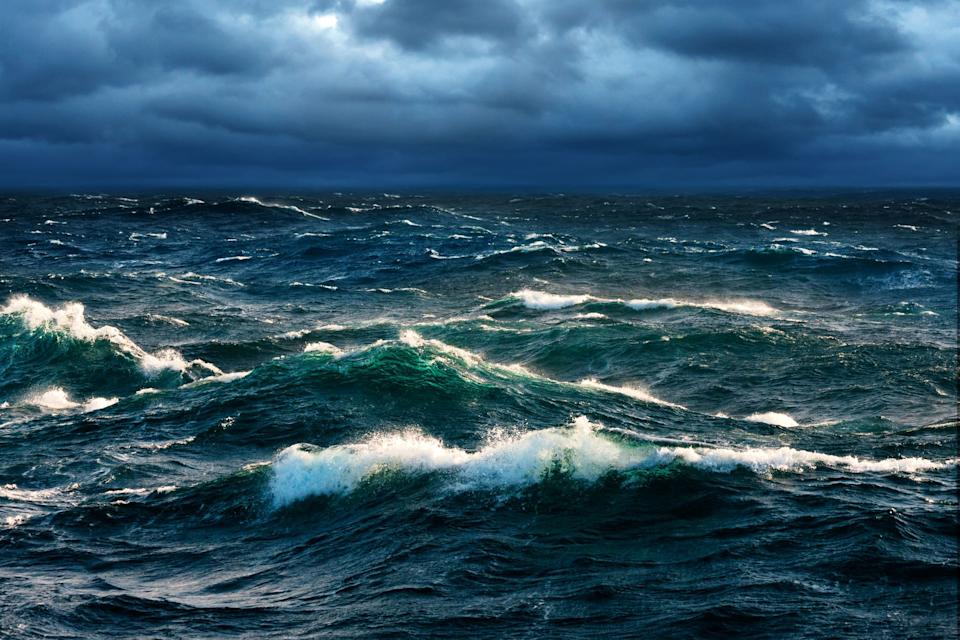
9. Arctic Ocean Freshwater Influx Raises Concerns About AMOC Collapse
A mysterious cold patch in the North Atlantic, dubbed the “warming hole,” may signal the weakening of the Atlantic Meridional Overturning Circulation (AMOC), reports Live Science. This critical current system, including the Gulf Stream, has cooled southeast of Greenland since 1901 despite global warming, likely due to Arctic meltwater disrupting salt-driven currents.
The AMOC’s slowdown threatens Europe’s climate, where it currently provides 10–15°C of warmth, and risks colder winters, faster U.S. East Coast sea level rise, and equatorial droughts. While full collapse timing remains uncertain, scientists warn rapid human-driven changes could outpace societal adaptation, mirroring abrupt past shifts seen in sediment records.
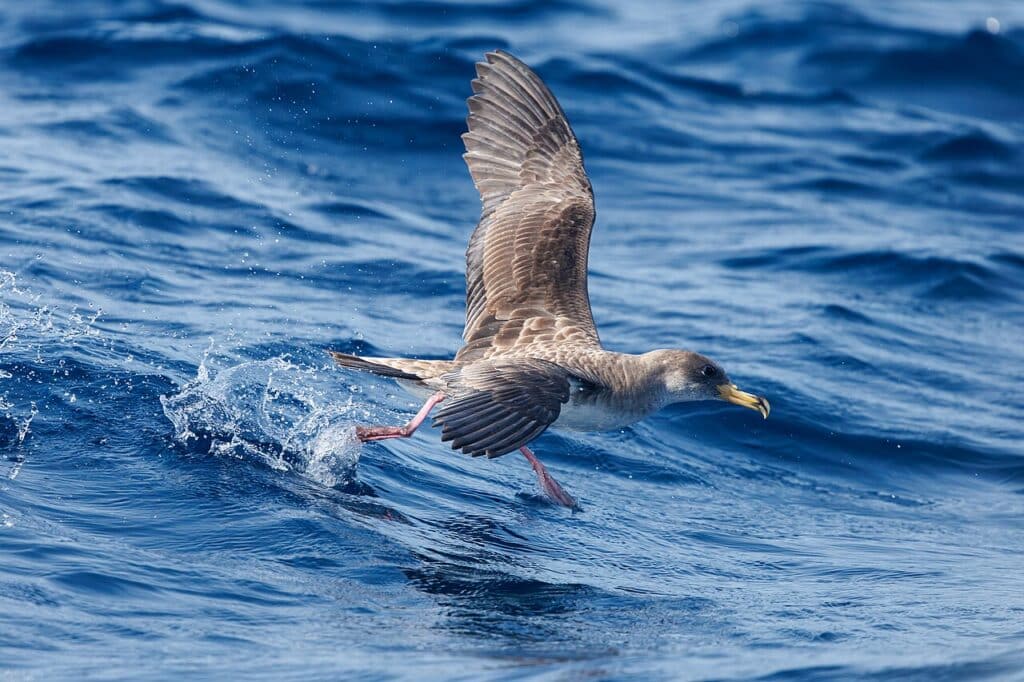
10. Migratory Secrets of Shearwaters Revealed: Key to Saving Endangered Seabirds
Barcelona, Spain – A landmark study in Diversity and Distributions tracks 1,346 migrations of 805 Cory’s shearwaters across 34 colonies, revealing critical insights for conservation. Researchers found high migratory connectivity in Scopoli’s and Cape Verde shearwaters, meaning breeding populations depend on specific wintering zones. This makes them vulnerable to threats like fishing bycatch in South American waters.
“Protecting one winter area isn’t enough for species with high connectivity,” warned lead author Virginia Morera Pujol. The study highlights how gene flow between Mediterranean and Atlantic populations occurs near Gibraltar, driven by overlapping migration routes. Conservation strategies must now prioritize international efforts to safeguard wintering hotspots, particularly for Cape Verde’s endemic shearwaters, which rely exclusively on Argentine and Brazilian coasts.
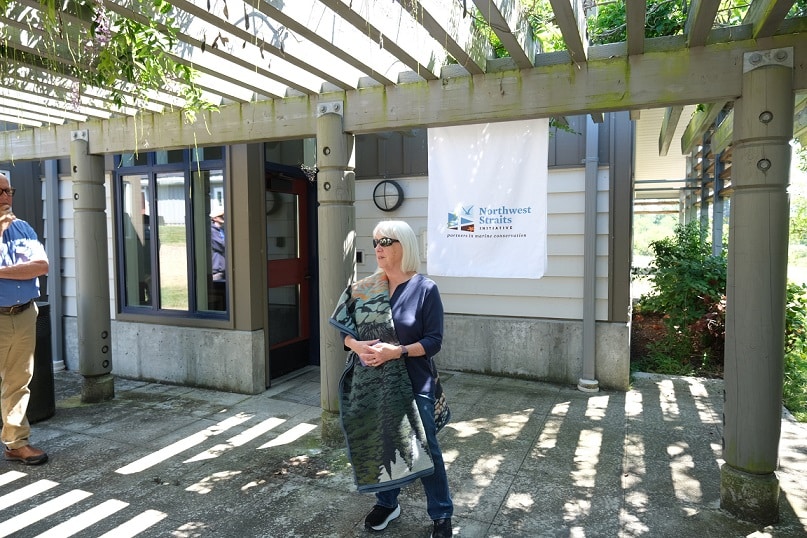
11. Senator Murray’s Bill to Reauthorize Northwest Straits Commission Advances to Protect Puget Sound
Washington, D.C., USA – The Senate Commerce, Science, and Transportation Committee has approved bipartisan legislation to reauthorize the Northwest Straits Commission through 2031, securing $3 million annually for Puget Sound marine conservation, according to Senator Patty Murray’s office. Established in 1998, the commission brings together local governments, tribes, and volunteers to restore habitats, control invasive species, and monitor forage fish spawning sites across seven counties.
Senator Murray highlighted recent successes, including the removal of the abandoned Windjammer sailboat from Swinomish Tribal tidelands, a longstanding environmental hazard. She called the commission a national model for community-led conservation that supports both ecosystems and local economies.
“This funding ensures continued protection of our marine resources for tribes, communities, and outdoor recreation,” Murray said. The bill now moves to the full Senate for consideration, marking a key step toward preserving the Northwest Straits’ vital ecosystems.
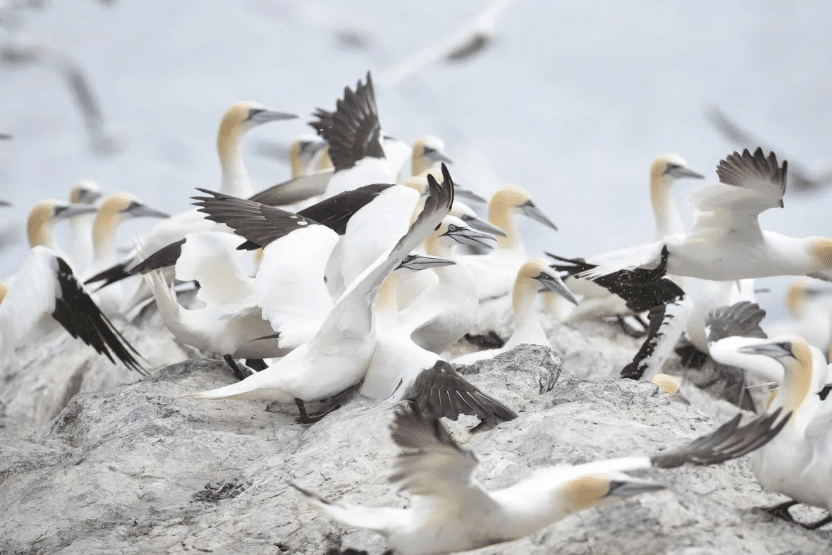
12. Communities Demand Halt to Mega Offshore Wind Projects Over Environmental Concerns
London, United Kingdom – Local communities and environmental groups are urging the UK government to reject plans for large-scale offshore wind farms, citing threats to marine ecosystems and fishing livelihoods, reports Yahoo News UK. Critics warn that mega wind projects could disrupt seabird migration, damage sensitive habitats, and interfere with traditional fishing areas.
They argue that the rush to expand offshore wind capacity must be balanced with protecting biodiversity and coastal economies. Supporters of the projects emphasize the need for renewable energy to meet climate goals but acknowledge the importance of careful site selection and impact mitigation. The debate highlights the ongoing challenge of reconciling clean energy development with environmental stewardship as the UK aims to reduce carbon emissions while safeguarding marine life.
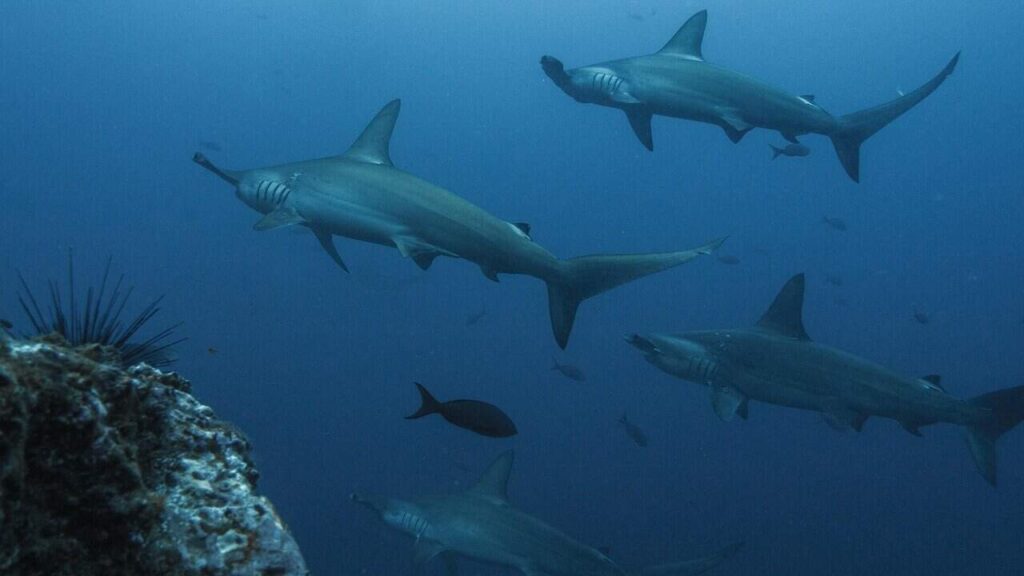
13. Costa Rica’s Ocean Revolution: $15.6 Million Windfall Supercharges Marine Protection in Pacific ‘Blue Corridor’
San José, Costa Rica – Costa Rica just scored a $15.6 million grant from the Global Environment Facility, launching a bold new era for ocean conservation in the Eastern Tropical Pacific, reports The Tico Times. The funding will help safeguard over 31 million hectares of ocean, home to hammerhead sharks, whales, and sea turtles, by expanding marine protected areas and cracking down on illegal fishing.
This “Beyond 30×30” initiative connects Costa Rica’s Cocos Island with Ecuador’s Galapagos and Colombia’s Malpelo, creating a vast underwater highway for migratory species. Officials say the project will also boost eco-tourism and support sustainable fishing for coastal communities. Environment Minister Franz Tattenbach calls it a “landmark for biodiversity,” cementing Costa Rica’s global leadership as it prepares to co-host the 2025 UN Ocean Conference. Conservationists hail the move as a game-changer for the world’s most biodiverse seas.
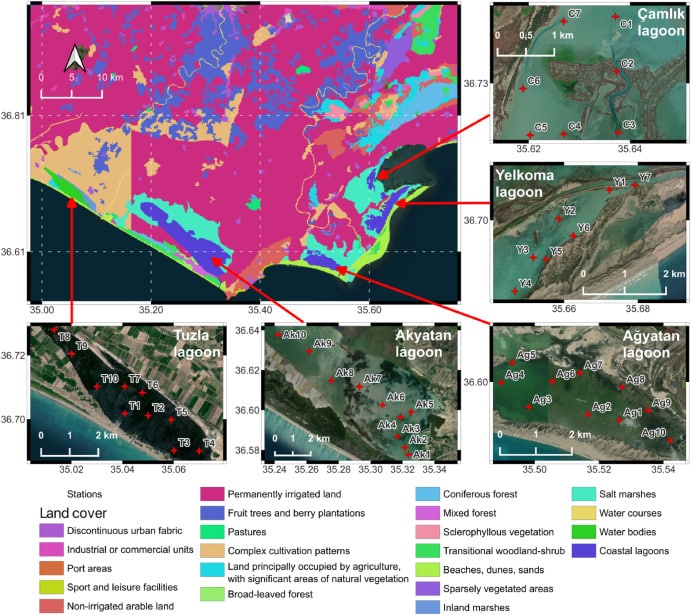
14. Plastic Problem: Microplastics Flood Türkiye’s Coastal Lagoons, New Study Finds
Coastal lagoons in Türkiye-shallow, sheltered waters that support fish, birds, and local communities, face growing threats from tiny plastic particles called microplastics. In the first study of its kind, scientists tested water and mud from five lagoons and found more than 15,000 microplastic pieces. The worst pollution was found in the fall, especially in Yelkoma Lagoon’s water and Akyatan Lagoon’s mud.
Most of these microplastics were tiny fibers, likely from fishing gear, farm runoff, and litter. The plastics included common materials like polyethylene and polyester, found in everyday items such as bags and clothing. The research shows that plastic pollution is a serious problem for these important ecosystems. Experts say better waste management and regular monitoring are urgently needed to protect the lagoons, wildlife, and people who rely on them.


